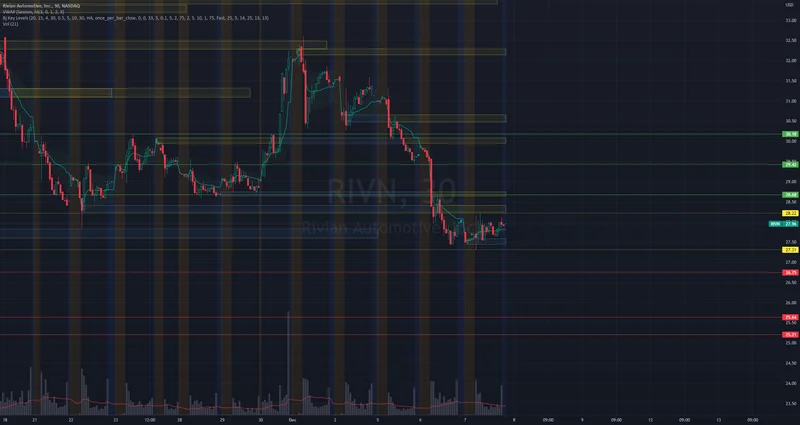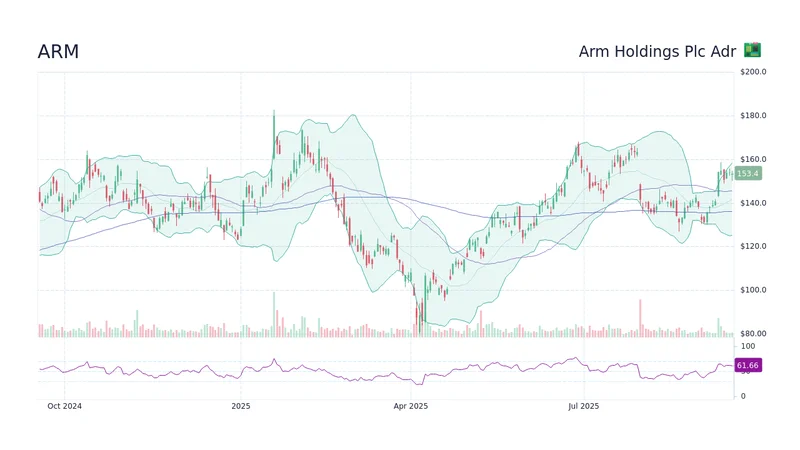US Government Backs Trilogy Metals (TMQ): Why It's Soaring and What It Signals for America's Future
I just read a press release that, on the surface, is about a mining company in Alaska. And I can’t stop thinking about it.
When the news broke that the U.S. government—specifically, the Department of War—was taking a 10% stake in a relatively small company called Trilogy Metals, the market did what markets do. The stock symbol, TMQ, lit up, soaring in after-hours trading. Financial blogs churned out articles about price targets and market caps, with headlines like Trilogy Metals Stock Soars After US Government Announces 10% Stake - Trilogy Metals (AMEX:TMQ). But to see this story as just a stock ticker is to miss the earthquake for the tremor.
This isn't a story about a stock. It's about a signal. It’s a declaration that the abstract policy papers and political speeches about “reshoring” and “critical mineral independence” are over. We’ve entered a new phase. The government isn’t just a regulator or a customer anymore; it’s becoming a strategic partner, an equity holder, an owner in the foundational industries of the 21st century.
When I first saw the headline, I honestly just sat back in my chair, speechless. The U.S. government buying a stake in a junior mining company feels like something out of a different era, a throwback to the days of massive, nation-building projects. This is the kind of breakthrough that reminds me why I got into this field in the first place—to witness the moments when the future pivots. And make no mistake, this is one of those moments.
The Raw Code of Tomorrow
Let's break down what’s really happening here, because the details are where the vision lies. Trilogy Metals holds the keys to the Upper Kobuk Mineral Projects in Alaska, a district described as one of the richest known copper-dominant regions on the planet. It’s a treasure chest of what are called volcanogenic massive sulphide, or VMS, deposits. In simpler terms, think of them as geological batteries, packed with the copper, zinc, cobalt, silver, and gold that are the essential grammar of our modern world.
You can’t build an EV without copper. You can’t manufacture a wind turbine, a semiconductor, or a satellite without these metals. For decades, we’ve outsourced the messy, difficult work of digging these materials out of the ground, creating fragile supply chains that snake back to geopolitical rivals. We became brilliant software designers living in a house whose physical foundation was owned by someone else.

The announcement that Trilogy Metals Secures $35.6M U.S. Investment, 10% Stake is the government’s way of saying: we’re taking back control of the foundation. This move is the industrial equivalent of the Apollo Program. It’s not just about one mission; it’s about building the capability for countless future missions. It’s a direct injection of capital and, more importantly, national will into the very first link of the value chain. What does it signal to every other company working on critical technologies when the Department of War is willing to sit on the board of a mining company to ensure a project gets done?
This is so much bigger than one mine, it’s a paradigm shift in how a nation secures its future—it’s not just about building armies with tanks and planes anymore, it’s about securing the elemental ingredients required to build the technologies that will define power for the next hundred years.
A Road to the Future, Paved with Intent
Of course, all those minerals are worthless if you can’t get to them. And that’s the second, and perhaps most profound, part of this story: the Ambler Access Project. For years, a proposed 211-mile road into this remote Alaskan wilderness has been a political football, caught between the undeniable need for these resources and the very real, very important concerns of environmental impact and the preservation of local subsistence lifestyles.
The government’s investment is explicitly tied to getting this road built. This isn't just asphalt and gravel; it’s a physical manifestation of a national priority. It’s a piece of infrastructure that acts as a key, unlocking not just one mine, but an entire mineral district for responsible development. This is where we have to be thoughtful. Progress can't come at the cost of our principles, and the project must incorporate the highest standards of environmental protection and community partnership, as the agreement with the NANA Regional Corporation, an Alaska Native Corporation, aims to do. The goal isn't just to extract, but to build—sustainably and collaboratively.
This road is an analogy for the larger project America is embarking on. It’s going to be hard. It will require navigating complex challenges. But the decision to build it is a statement of intent. It reminds me of the birth of the internet with ARPANET, another government-led initiative that started with a specific defense goal but ended up completely rewiring the world. The government laid the initial pathways, and then innovation flourished on top of them.
What could this new model of public-private partnership unlock? Imagine this same strategic investment approach applied to next-generation battery manufacturing. To domestic semiconductor fabrication. To biotechnology and synthetic fuels. What happens when the full weight of the United States doesn't just offer grants, but takes a seat at the table as a committed, long-term partner?
The Foundation is Being Poured
Forget the short-term stock charts. What we are witnessing is the quiet, deliberate assembly of a new American industrial strategy. This isn't a bailout or a subsidy; it's a foundational investment. It’s the government using its capital and influence not to pick winners and losers, but to build the arena where American innovation can compete and win. It’s a message that we will no longer be passive consumers of the future; we are going to be its primary architects, starting from the ground up. Literally.
Related Articles
Rivn Stock Beats Expectations: So What?
Rivian's "Profits"? More Like Smoke and Mirrors for the R2 Hype Train Okay, Rivian technically beat...
Plug Stock's Big Jump: What's Actually Happening and Why You Shouldn't Buy the Hype
So, Plug Power is back. Just when you thought the stock was destined to become a footnote in the ann...
ARM Stock: Analyzing the price surge and what comes next
ARM's Surge is a Warning Sign, Not a Victory Lap On Monday, the market did what it does best: it rea...
The QQQ Hype Train: What the big money is doing and why you should probably ignore it
So a mid-sized wealth management firm you’ve never heard of just plopped down nearly $5 million on a...
Robinhood's Next Chapter: Decoding the 2025 Vision and What It Means for the Future of Investing
It’s easy to get lost in the numbers, and with Robinhood in 2025, the numbers are absolutely stagger...
John Malkovich Cast as President Snow: An Analysis of the Casting and Its Implications
The announcement landed with the precision of a well-funded marketing campaign. The Hunger Games, a...





